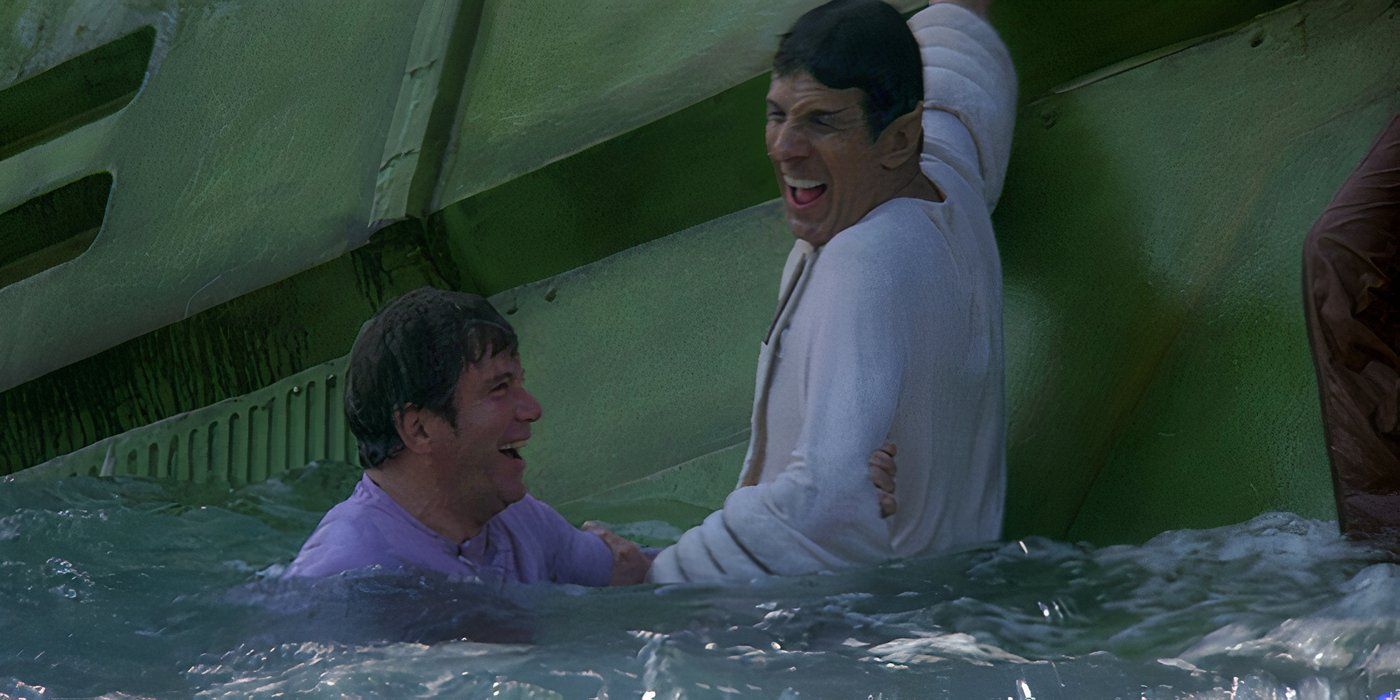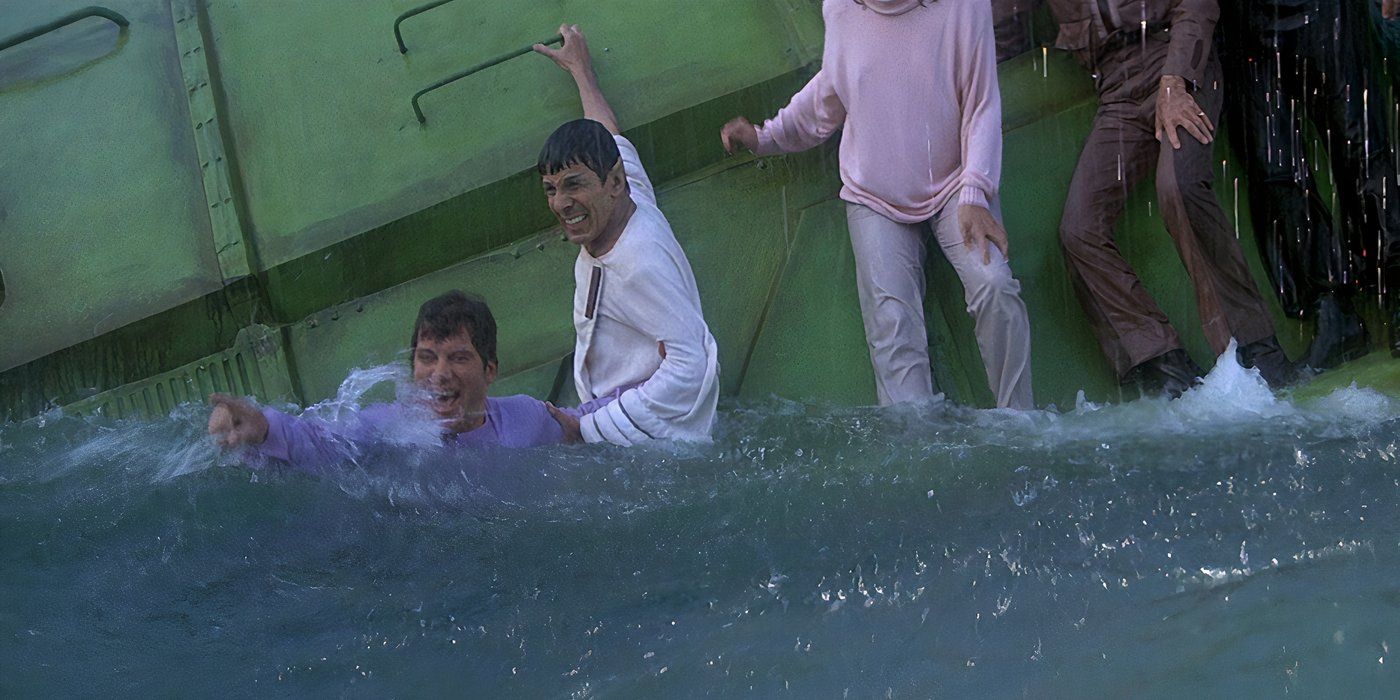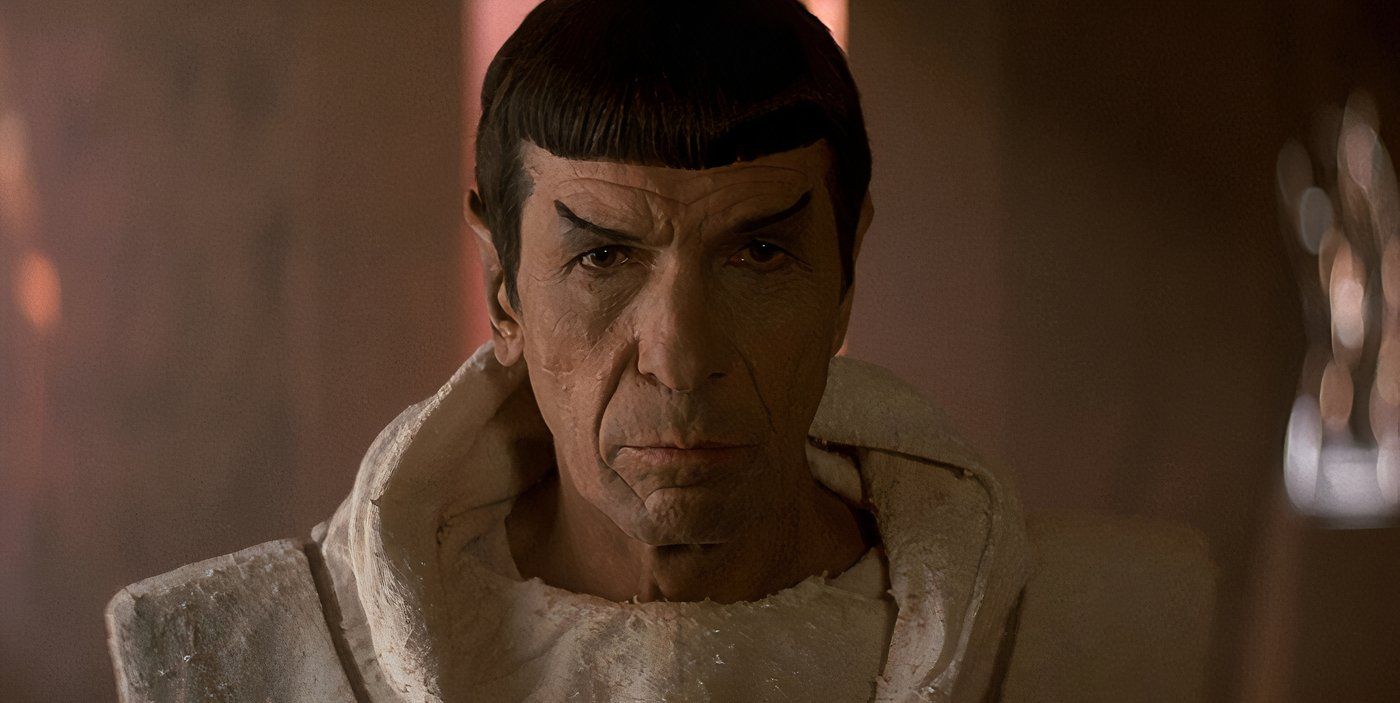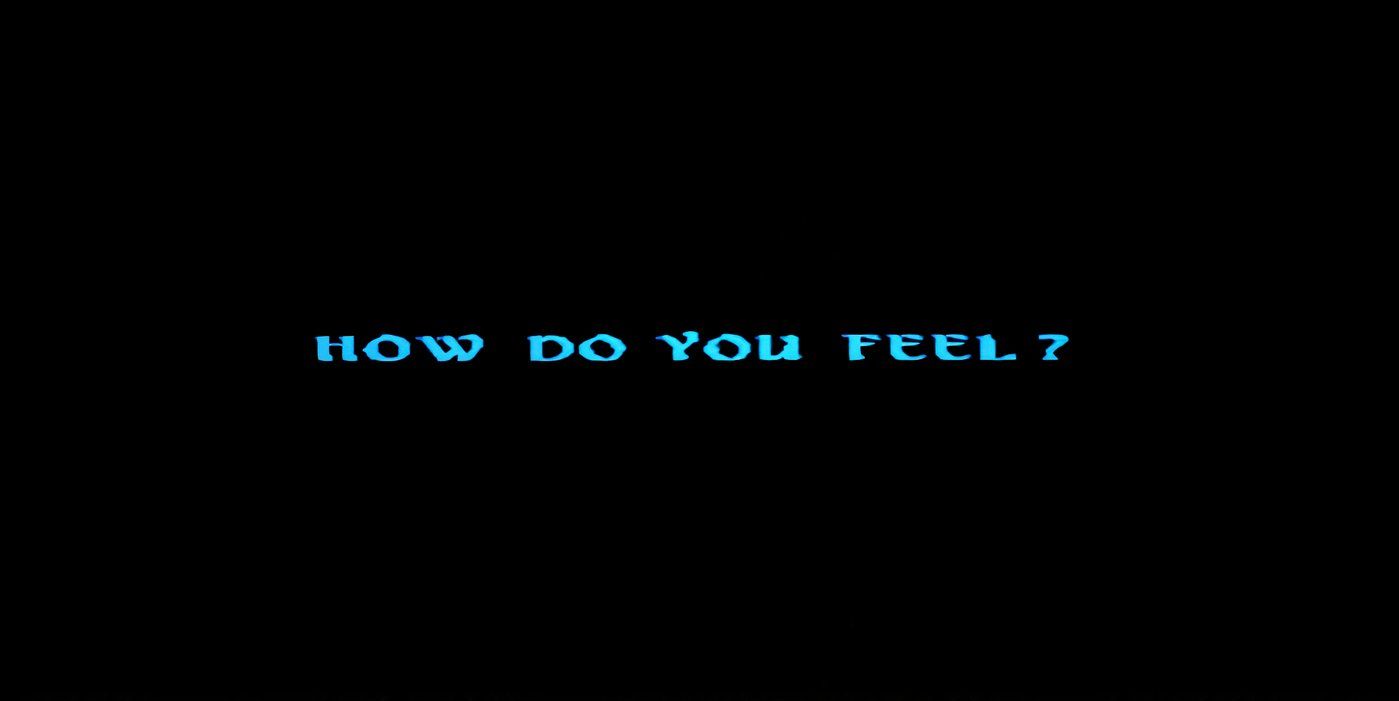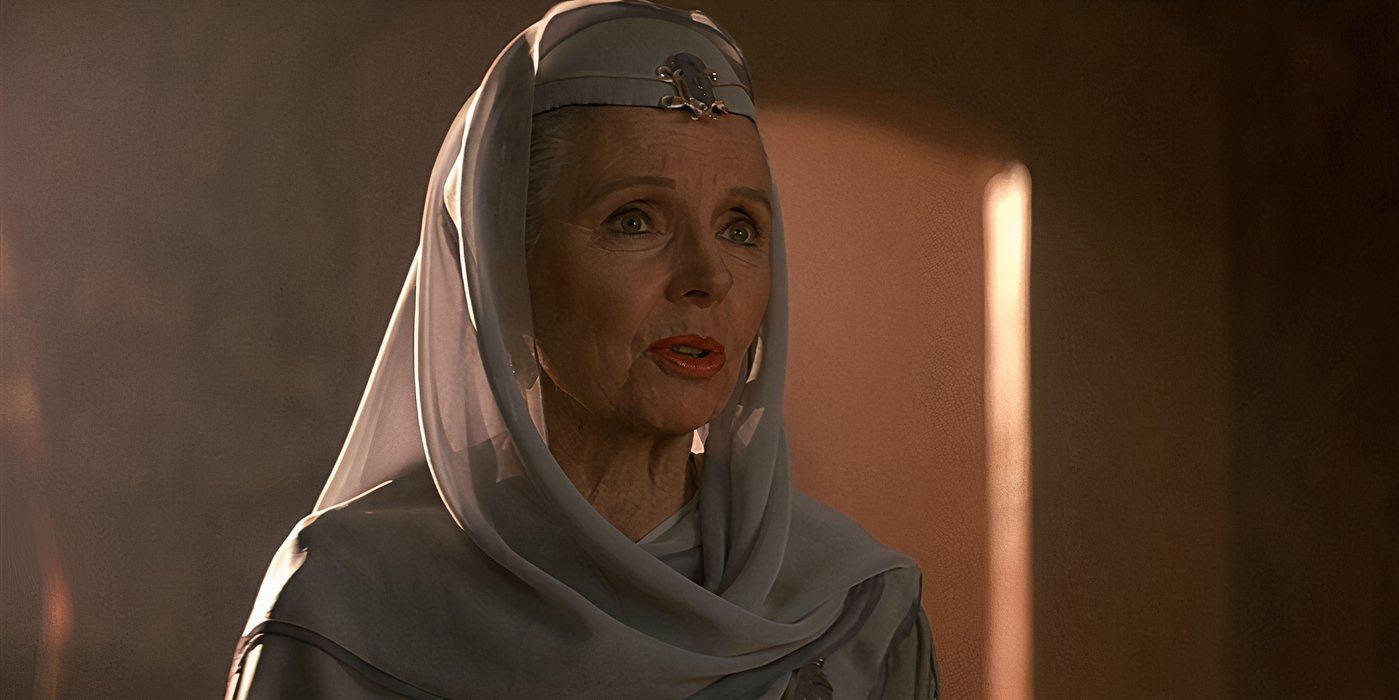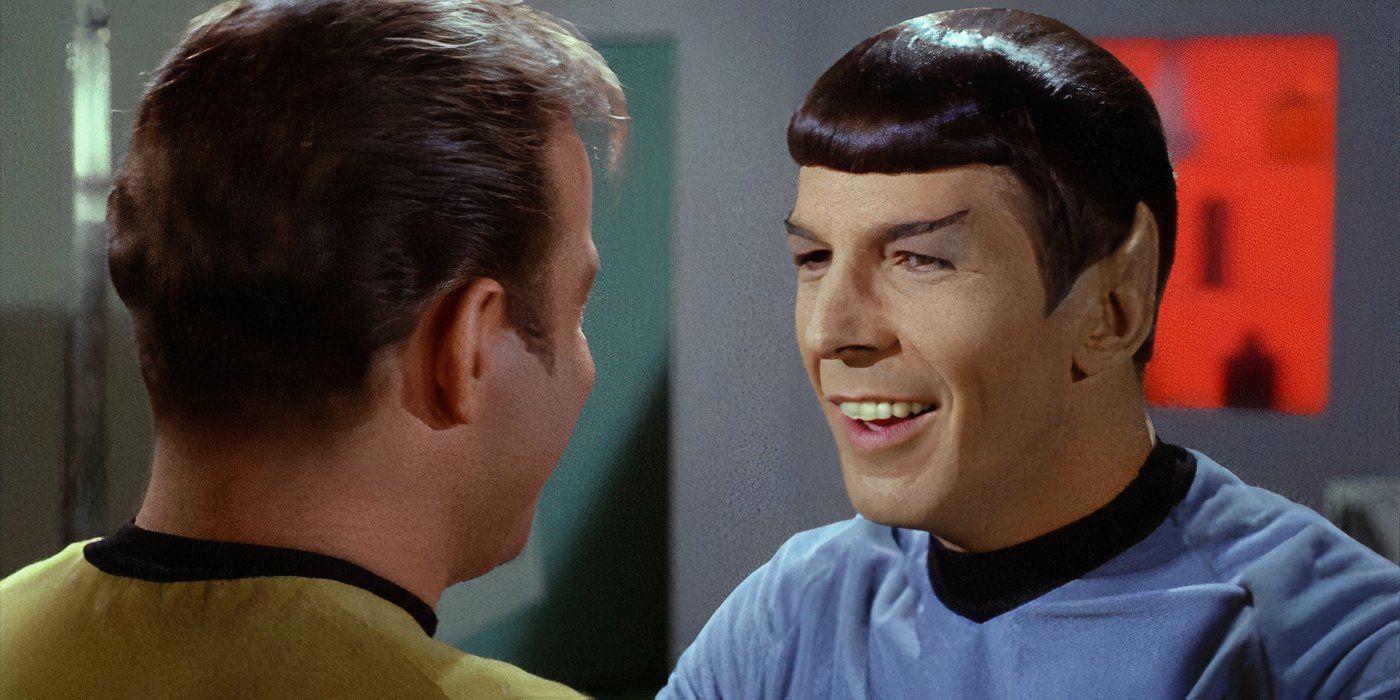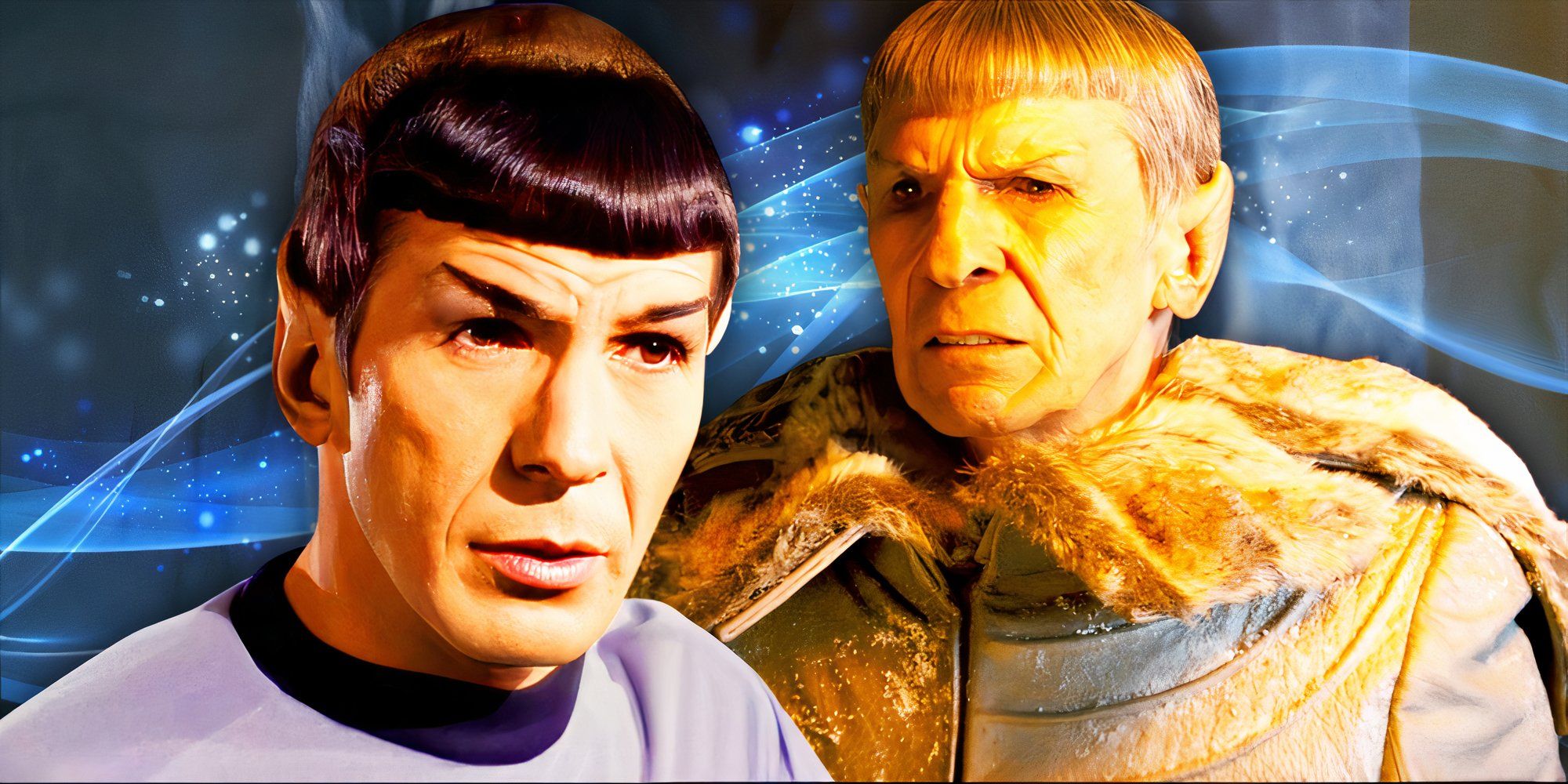Star Trek IV: The Voyage Home picks up months after Admiral James T. Kirk (William Shatner) and the former crew of the USS Enterprise rescued Spock from the doomed Genesis Planet and reunited the Vulcan with his katra (soul). Star Trek IV is primarily a fish-out-of-water time travel romp where Kirk and his friends travel back to the 20th century to bring two humpback whales back to the future. But throughout Star Trek IV, there is the ongoing subplot of Spock gradually coming to terms with his human side.
Spock’s Laughter In Star Trek IV Completed His Resurrection Story
Spock Feels Fine
At the end of Star Trek IV: The Voyage Home, Admiral Kirk's stolen Klingon Bird-of-Prey makes a successful time warp back to the 23rd century and crashes in San Francisco Bay. Kirk and his crew release their humpback whales, George and Gracie, into the wild and watch them swim away as they communicate with the Whale Probe threatening Earth. The Enterprise's heroes then frolic in the water, splashing around, with Kirk pulling a laughing Spock into the drink.
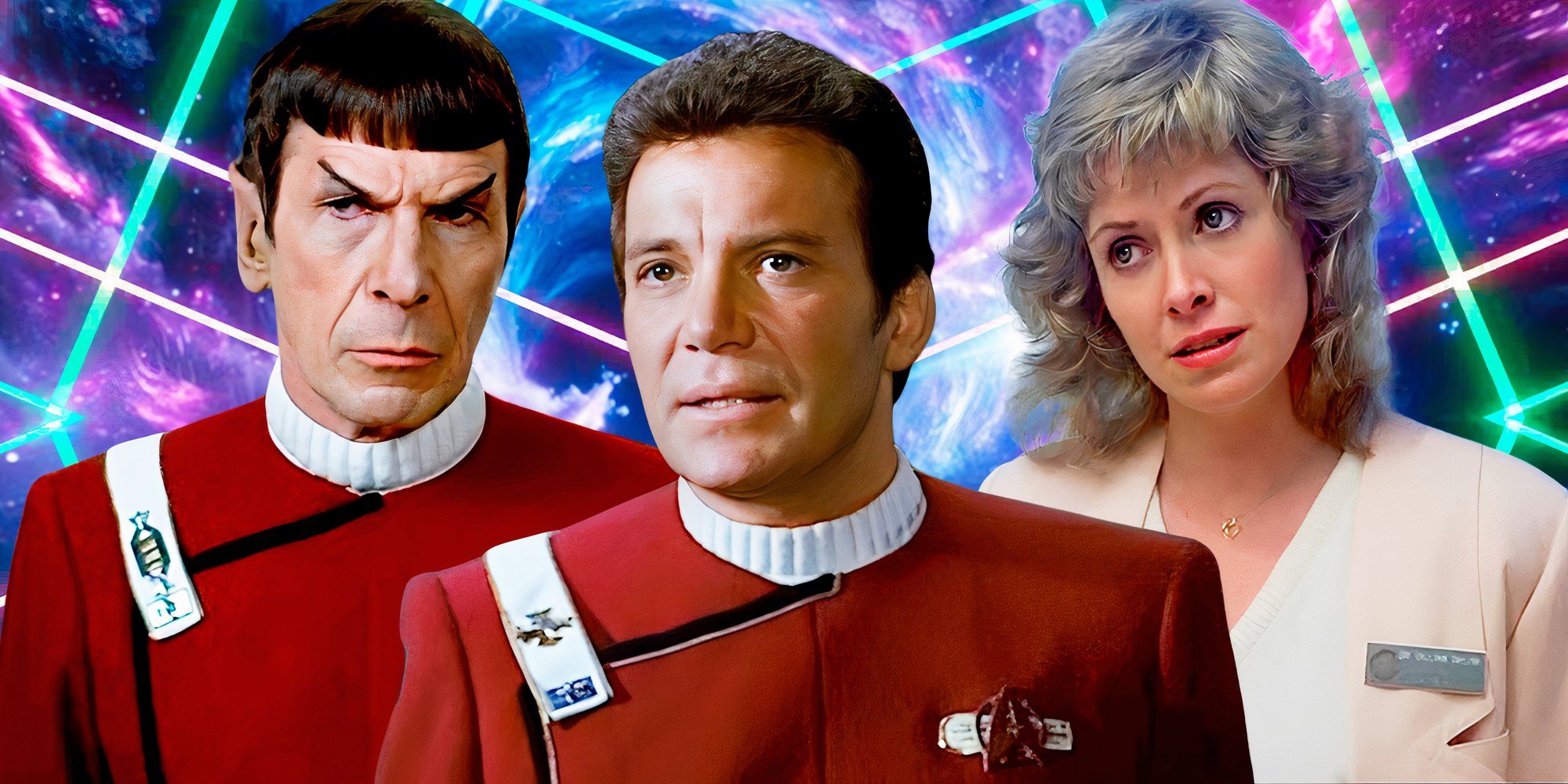
Star Trek IV: The Voyage Home concluded the "Genesis Trilogy," but what happened to Captain Kirk and the whales he time-traveled from 1986?
Spock earned the right to request his father, Ambassador Sarek (Mark Lenard), report to Amanda, "Tell her I feel fine."
Spock's breakthrough was when it was time to calculate time travel back to the 24th century. Spock decided to guess, which astonished Admiral Kirk and was encouraged by Dr. Leonard McCoy (DeForest Kelley). Trusting his human instincts instead of his strict Vulcan logic, Spock's guess proved correct. It's understandable, then, that Spock was overcome with joy along with his friends when they splashed down in San Francisco Bay. Thus, Spock earned the right to request his father, Ambassador Sarek (Mark Lenard), report to Amanda, "Tell her I feel fine."
Why Spock Laughing At The End Of Star Trek IV Wasn’t Out Of Character
Leonard Nimoy Would Know If Spock Was Breaking Character
Spock had come to peace with his human and Vulcan sides, and he was whole again.
In turn, Admiral Kirk and the USS Enterprise crew risking their Starfleet careers to bring Spock back showed how they feel towards their Vulcan friend. Upon realization of this, Spock had a great deal to process beyond reassessing his Vulcan sense of self, which his mother, Amanda, understood before Spock did. After Spock and his friends saved Earth and shared their joy of splashing around in San Francisco Bay, Spock's resurrection was finally complete. Spock had come to peace with his human and Vulcan sides, and he was whole again.
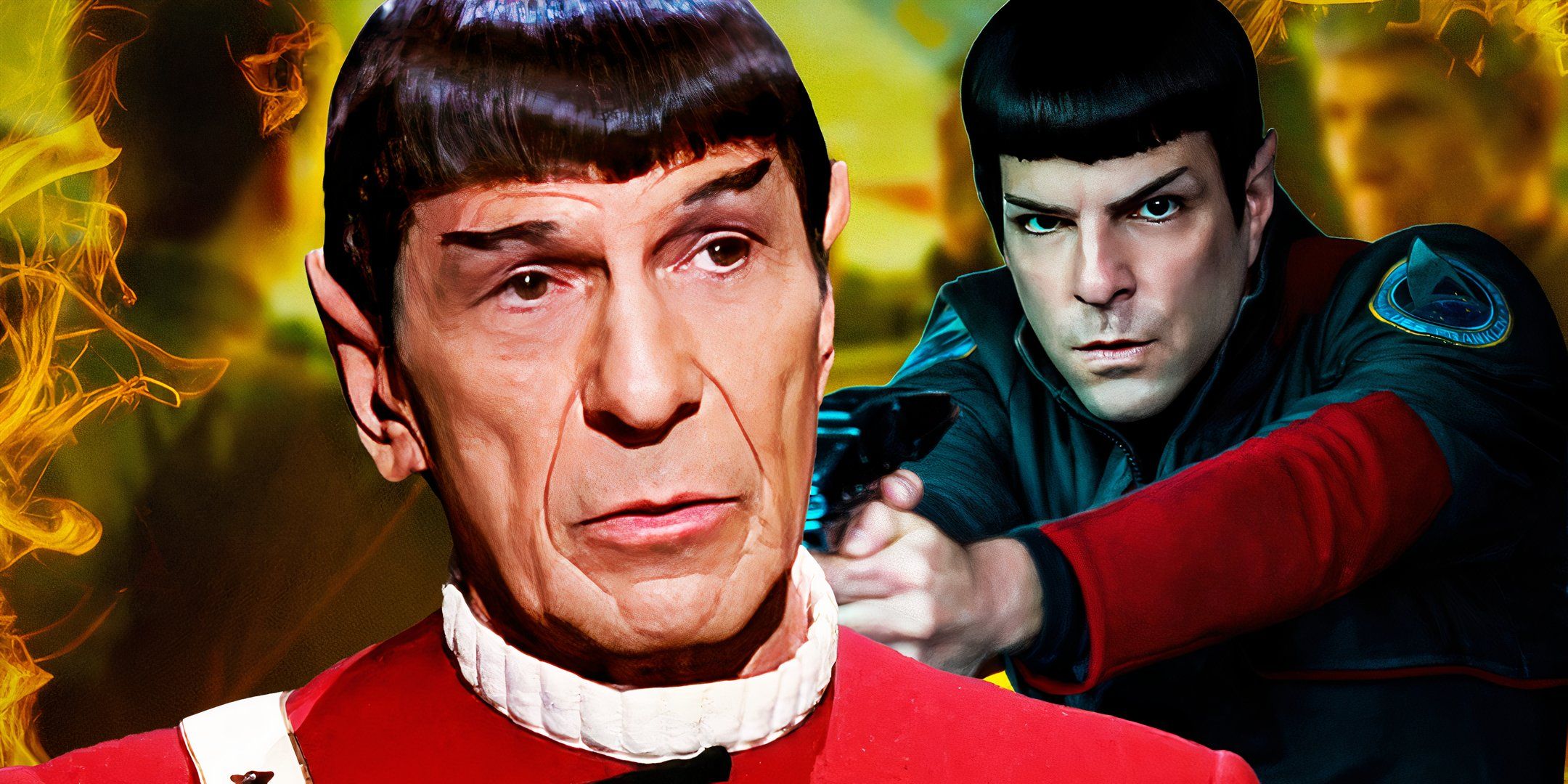
Spock is pivotal in his 9 Star Trek movie appearances, where the Vulcan is played by Leonard Nimoy and Zachary Quinto.
Spock Has Shown His Human Side Many Times In Star Trek
Emotion & Spock Are Old Friends
Spock laughing at the end of Star Trek IV: The Voyage Home is a blink-and-you'll-miss-it moment, but the Vulcan has outwardly displayed emotion throughout Star Trek. Spock began with a more emotional portrayal in Star Trek's original pilot, "The Cage," before the character and the Vulcans' logic were established. Spock experienced bursts of emotion throughout Star Trek: The Original Series, like when he was struck by the Psi 2000 virus in "The Naked Time." Of course, Spock was overcome with joy that he didn't kill Captain Kirk in Star Trek: The Original Series season 2's premiere, "Amok Time."
Star Trek VI: The Undiscovered Country displayed a startling burst of anger from Spock when he slapped a phaser from Lt. Valeris' (Kim Cattrall) hand when he uncovered her as a traitor. Star Trek: Strange New Worlds has explored the younger Lieutenant Spock's (Ethan Peck) humanity even further, including Spock experiencing the emotional highs and lows of being completely human in Star Trek: Strange New Worlds season 2, episode 5, "Charades." Spock laughing at the end of Star Trek IV: The Voyage Home couldn't be more in-character for the Vulcan, and it's proof that Spock did, indeed, feel fine.
